South America’s diverse landscape offers some of the world’s most exhilarating canyoning experiences, from thundering waterfalls in the Amazon to pristine gorges in the Andes. Whether you’re a seasoned canyoneer or an adventurous newcomer, these 20 destinations combine technical challenges with breathtaking natural beauty.
Each location has been carefully selected based on accessibility, unique features, and the quality of available guided experiences. The following spots represent the perfect blend of adventure, safety, and natural wonder.
Río Pastaza Canyons, Ecuador
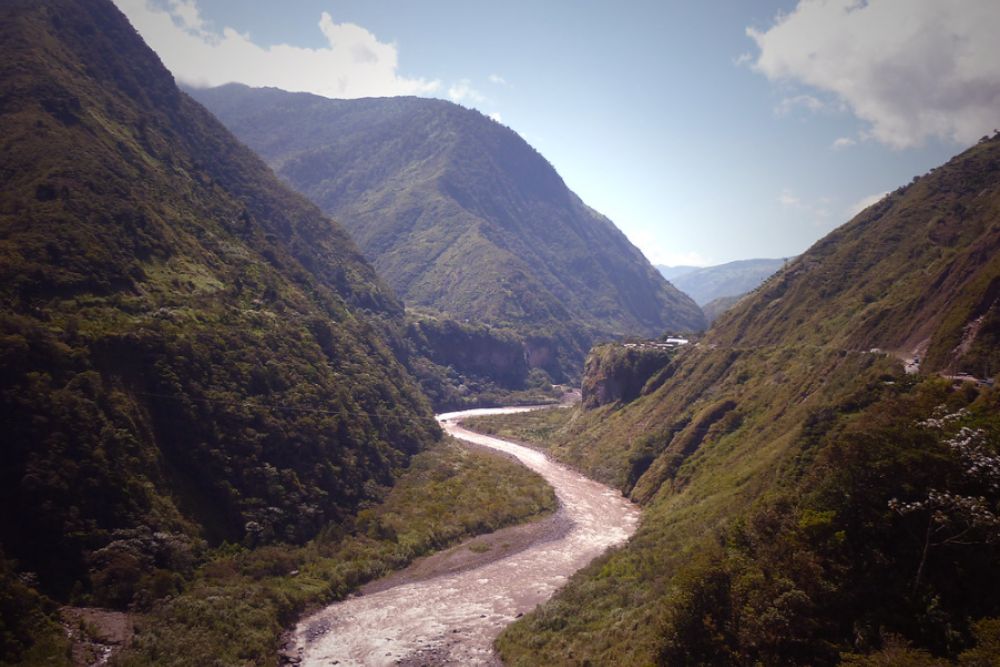
The Pastaza River valley near Baños has established itself as Ecuador’s premier canyoning destination with over 12 developed routes. The San Jorge Canyon features a series of six technical waterfalls ranging from 30 to 150 feet in height, with professional bolted anchors throughout.
Local guiding companies maintain strict safety standards and offer routes for all skill levels, from beginner-friendly Chamana Canyon to the advanced Cashaurco descent. Volcano geology creates unique features like natural water slides and jump pools that add variety to technical rappels.
Serra do Cipó, Brazil
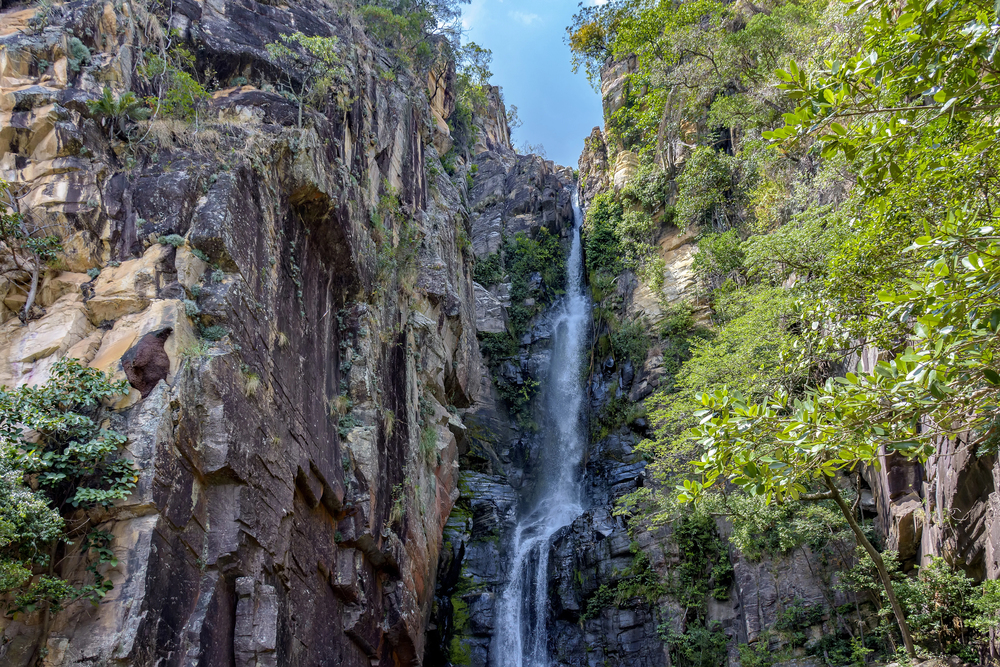
Located in Minas Gerais, this region boasts over 200 waterfalls within its quartzite canyons. The crystal-clear waters cascade down 500-foot drops, creating perfect conditions for technical rappelling.
The area’s unique biodiversity adds an extra dimension to the adventure, with rare orchids and endemic species visible along the routes. Seasonal wildflower blooms transform the canyon rims into vibrant gardens of color.
Like Travel Pug’s content? Follow us on MSN.
Canyon Rio Blanco, Argentina
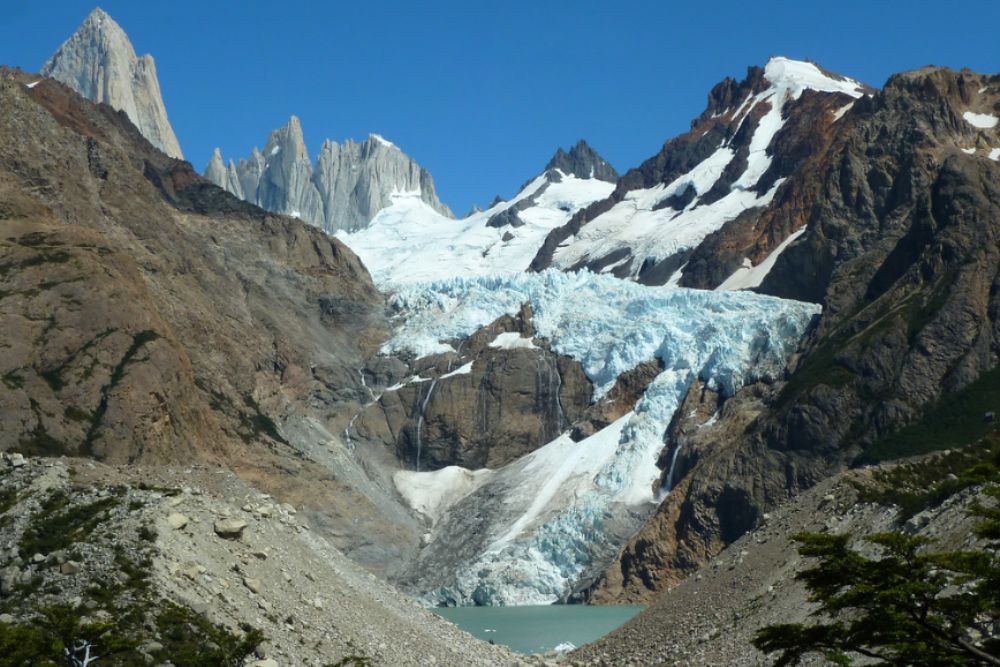
This technical canyoning destination near Bariloche offers the perfect rappelling and river navigation combination. The granite canyon features a series of 15 distinct rappels ranging from 20 to 130 feet in height, with crystal-clear pools between sections.
Year-round water flow and established anchors make this an ideal location for intermediate and advanced canyoneers. The surrounding Patagonian forest provides stunning views during the approach and descent.
Pailon del Diablo, Ecuador
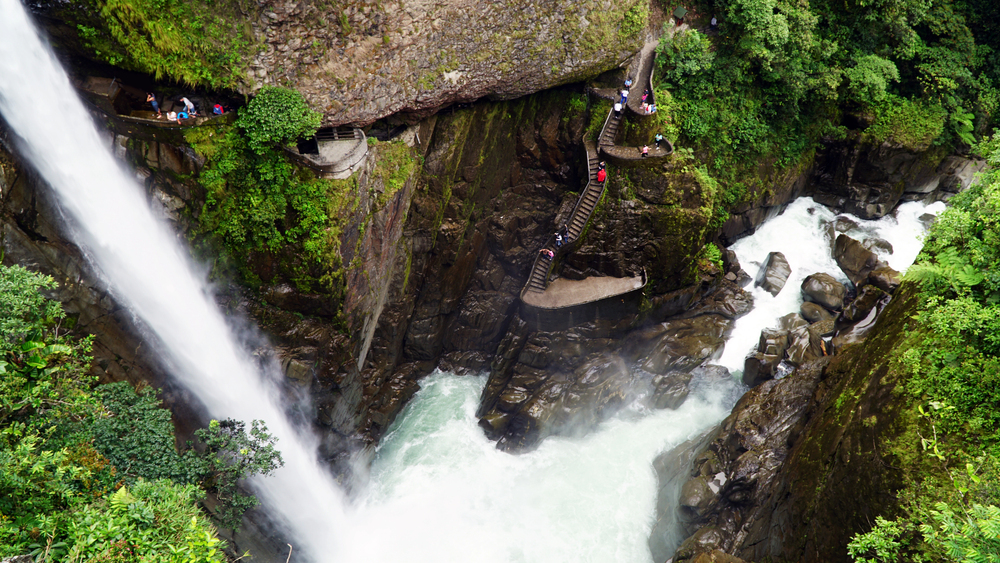
Known as the ‘Devil’s Cauldron,’ this site near Baños features a powerful 260-foot waterfall within a narrow granite canyon. The volcanic geology creates unique challenges for rope work and water navigation.
Steam rising from thermal vents adds an otherworldly element to the experience. The thunderous roar of the falls creates a natural sound chamber that amplifies the intensity of your descent.
Mallin Colorado, Chile
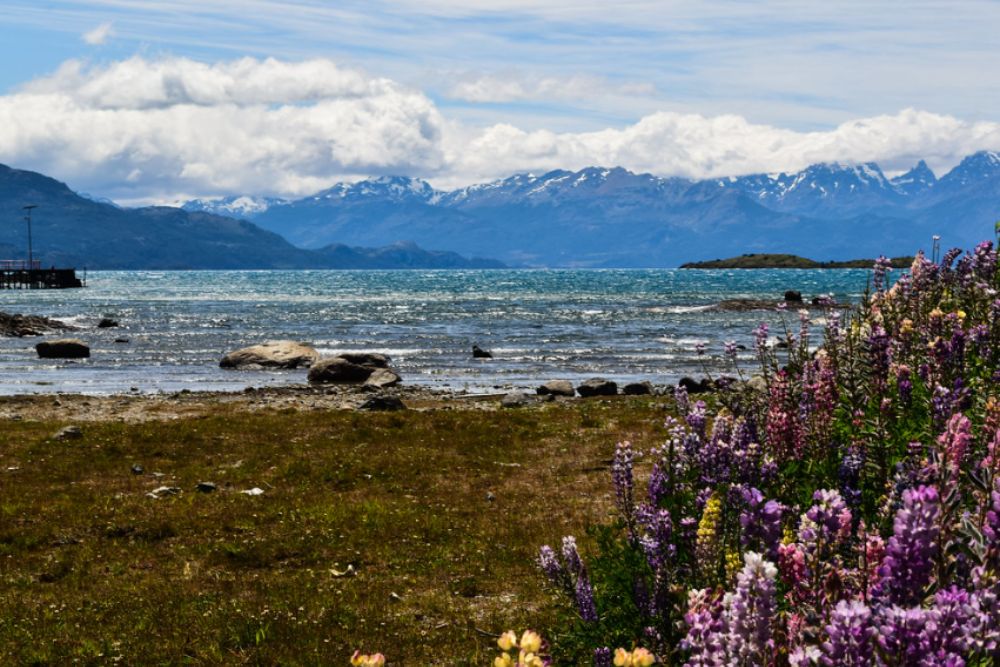
This hidden gem in Patagonia combines glacier-fed waters with towering basalt columns. The canyon system spans 3 miles of varied terrain, offering both vertical drops and horizontal traverses.
Winter conditions create stunning ice formations that transform the canyoning experience entirely. The remote location ensures an intimate connection with Patagonia’s raw wilderness.
Like Travel Pug’s content? Follow us on MSN.
Chapada Diamantina, Brazil
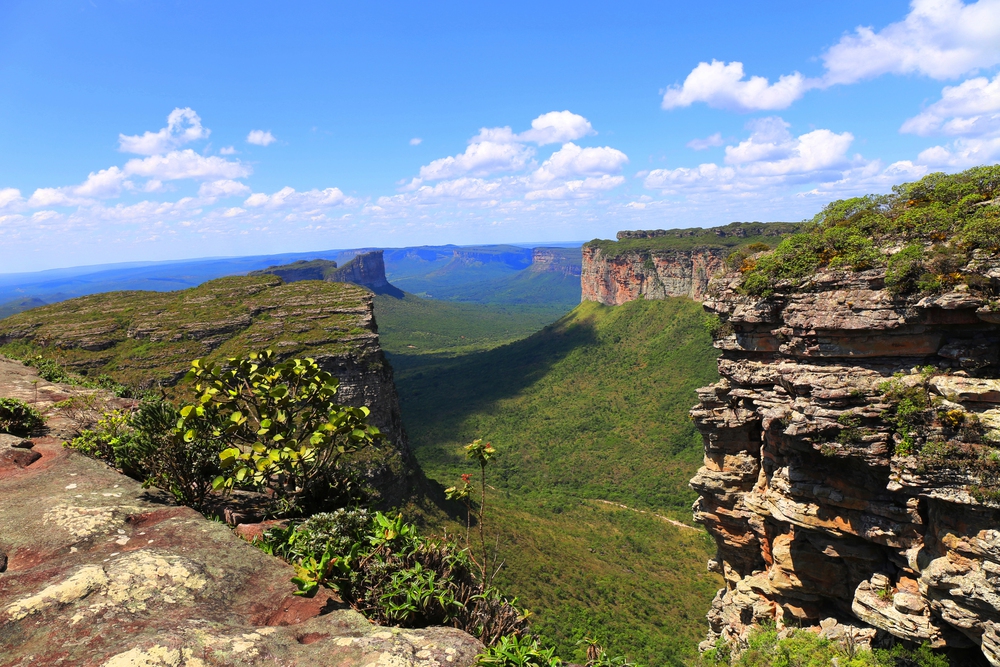
This vast national park in Bahia features Brazil’s premier canyoning routes through ancient quartz formations. The Cachoeira do Sossego canyon offers technical descents ranging from 100 to 300 feet, with specialized routes for varying skill levels.
Expert guides lead expeditions through the park’s unique combination of above-ground waterfalls and underground river systems, requiring vertical and cave canyoning techniques. The region’s rich mining history has created a network of well-maintained trails accessing multiple canyon entry points.
Cañón del Colca, Peru
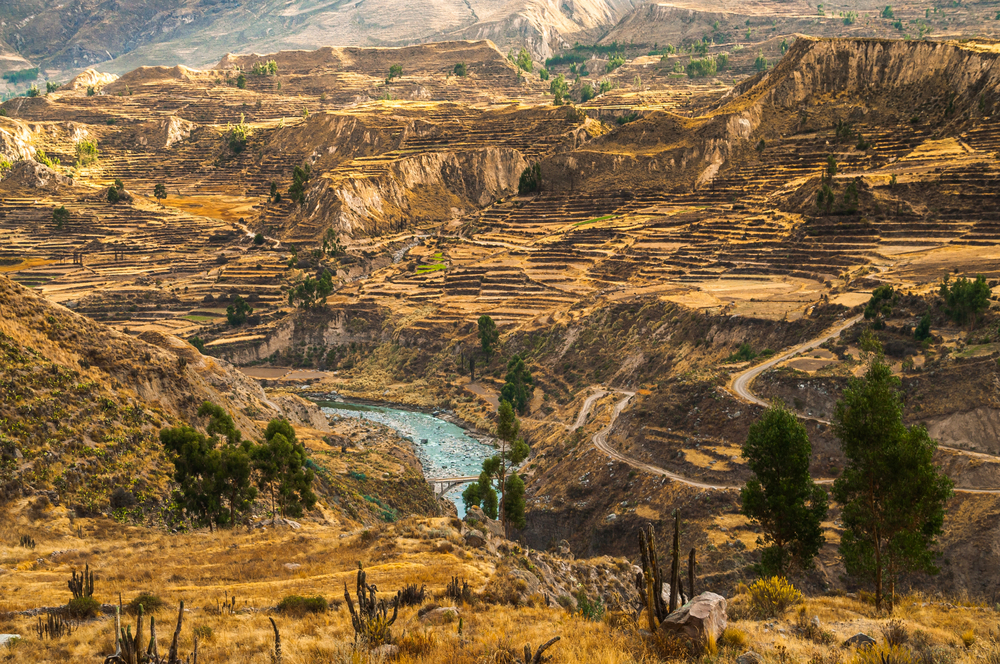
Twice as deep as the Grand Canyon, this massive gorge offers advanced canyoning routes along its 13,650-foot walls. The area’s thermal springs provide welcome relief after challenging descents.
Andean condors often soar overhead, adding to the epic scale of the experience. The nearby traditional villages offer authentic homestay opportunities between canyon expeditions.
Salta Canyons, Argentina
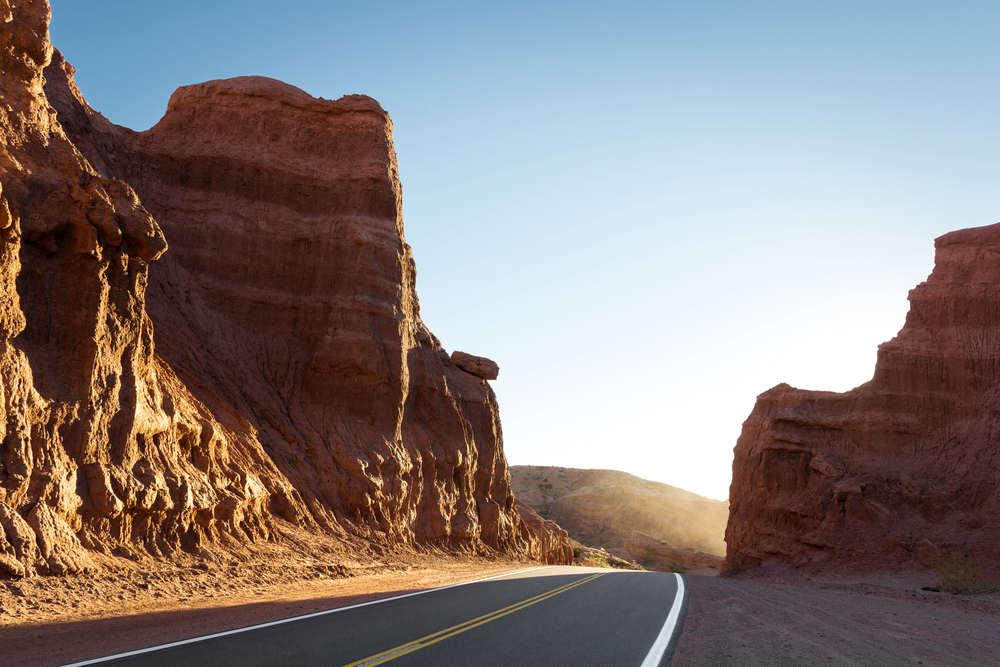
The red sandstone canyons near Salta City offer year-round canyoning in a desert environment. Technical routes vary from 300 to 1,000 feet long, with excellent grip on the weathered rock faces.
Ancient petroglyphs on some routes connect you to the region’s rich history. The stark beauty of the desert landscape creates dramatic photo opportunities in the golden hour light.
Like Travel Pug’s content? Follow us on MSN.
Serra dos Órgãos, Brazil
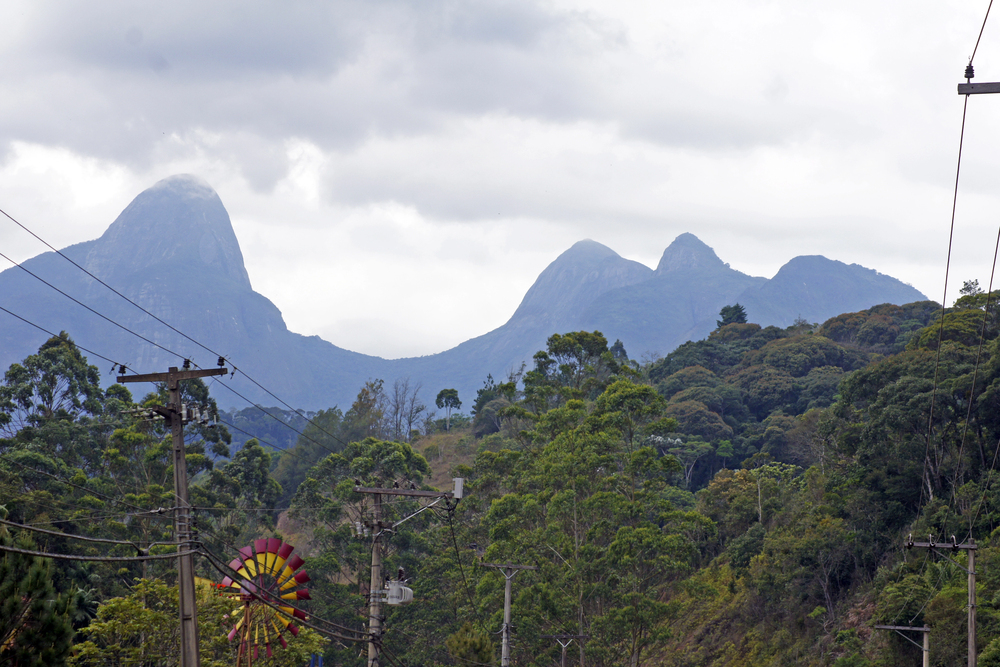
This mountain range near Rio features granite canyons with unique dome formations. The tropical climate creates lush vegetation along the canyon walls, requiring specialized techniques.
Some routes offer stunning views of Sugarloaf Mountain and the Atlantic Ocean. The proximity to Rio makes this an ideal weekend warrior destination.
Río Viejo Canyon, Ecuador
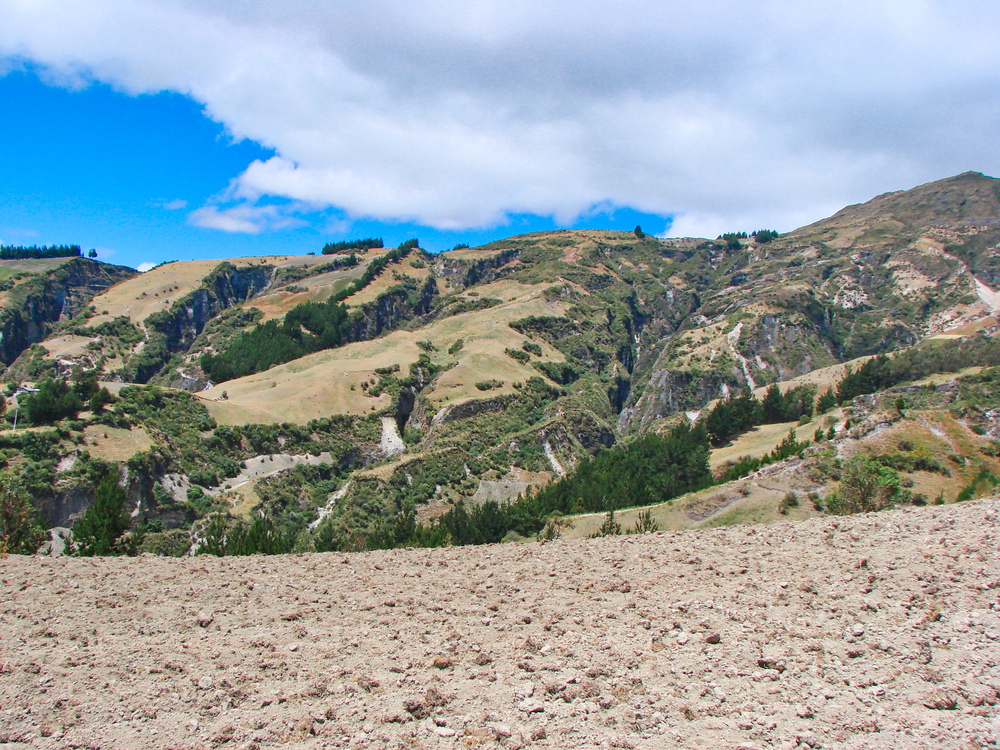
This established canyoning route near Baños features a series of technical waterfalls and natural slides through volcanic rock. The canyon’s consistent water flow creates ideal conditions for aquatic canyoning techniques, including guided jumps and toboggan sections.
Professional guiding services maintain fixed anchors and safety equipment throughout the route. The thermal hot springs at the canyon’s exit provide perfect post-adventure relaxation.
Toro Toro National Park, Bolivia
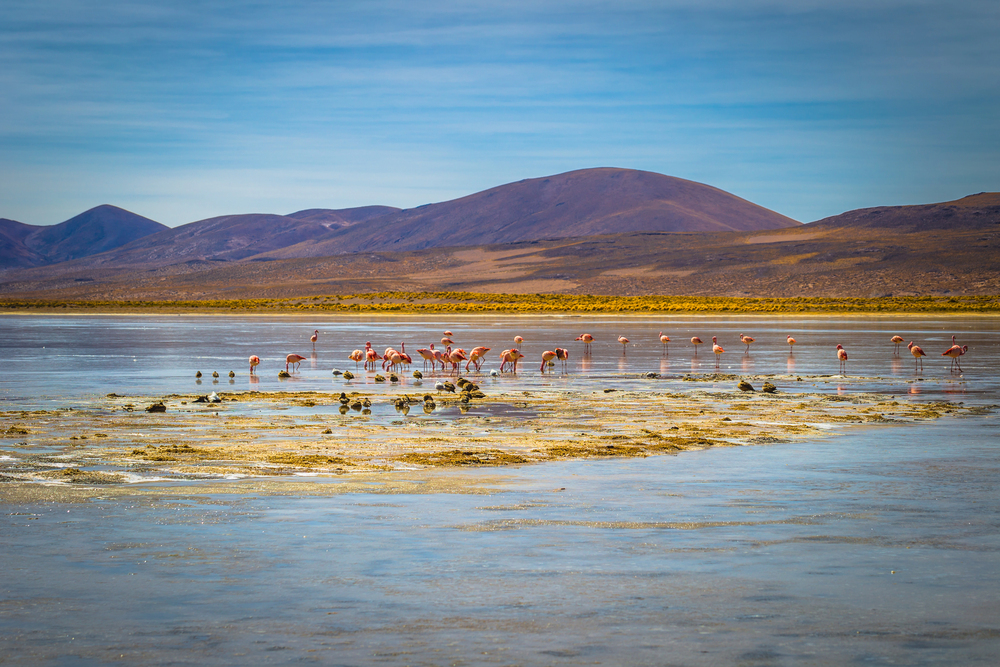
These limestone canyons feature well-preserved dinosaur footprints along their walls. The semi-arid climate allows for comfortable year-round canyoning.
Underground rivers have created extensive cave systems perfect for advanced explorers. In designated areas, amateur paleontologists can combine canyoning with fossil hunting.
Like Travel Pug’s content? Follow us on MSN.
Serra da Bocaina, Brazil
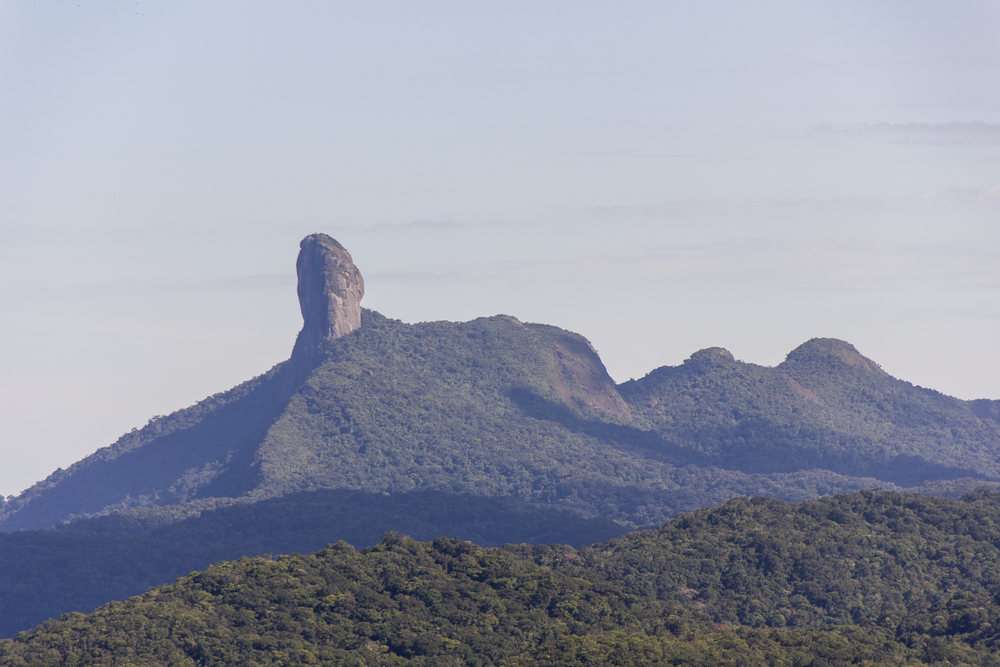
This mountain range between São Paulo and Rio de Janeiro states offers technical canyoning through Atlantic rainforest terrain. The Bracuí canyon route descends through eight waterfalls, culminating in a spectacular 230-foot rappel alongside the main cascade.
Year-round water flow and established anchors make this location reliable for advanced canyoneers. The dense forest canopy and coastal proximity create unique conditions where freshwater canyoning meets tropical biodiversity.
Cañon del Juquia, Brazil
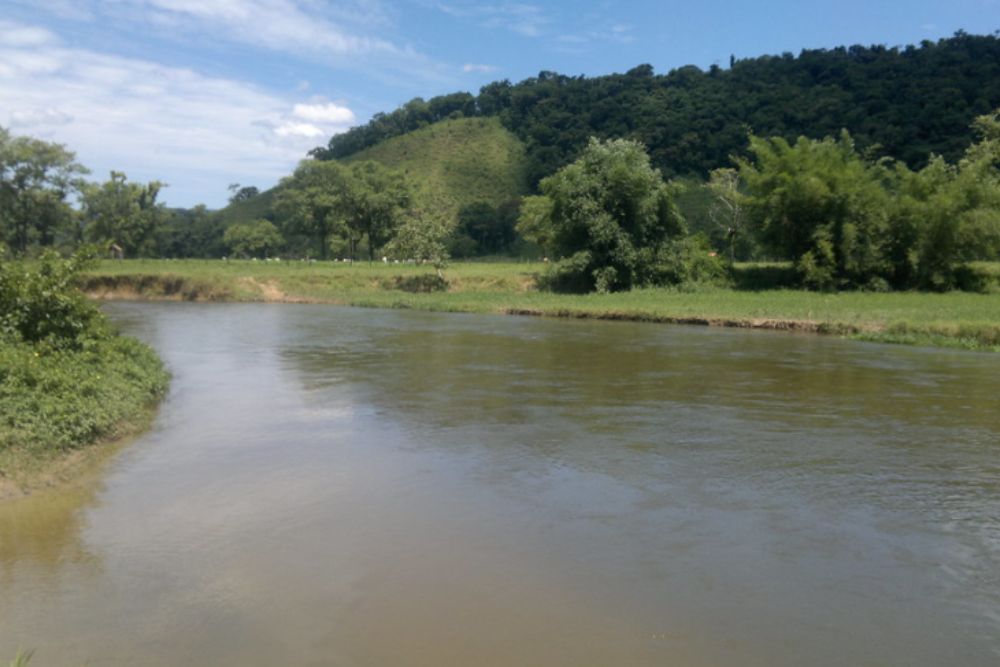
This granite canyon system is located in São Paulo and offers year-round technical canyoning through cascading waterfalls. The main route features six consecutive rappels, including a challenging 165-foot waterfall descent requiring advanced rope techniques.
Local outfitters provide comprehensive safety systems and specialized equipment for the canyon’s unique geological challenges. The dense Atlantic rainforest setting creates a microclimate that maintains ideal conditions even during the dry season.
Huacahuasi Canyon, Peru
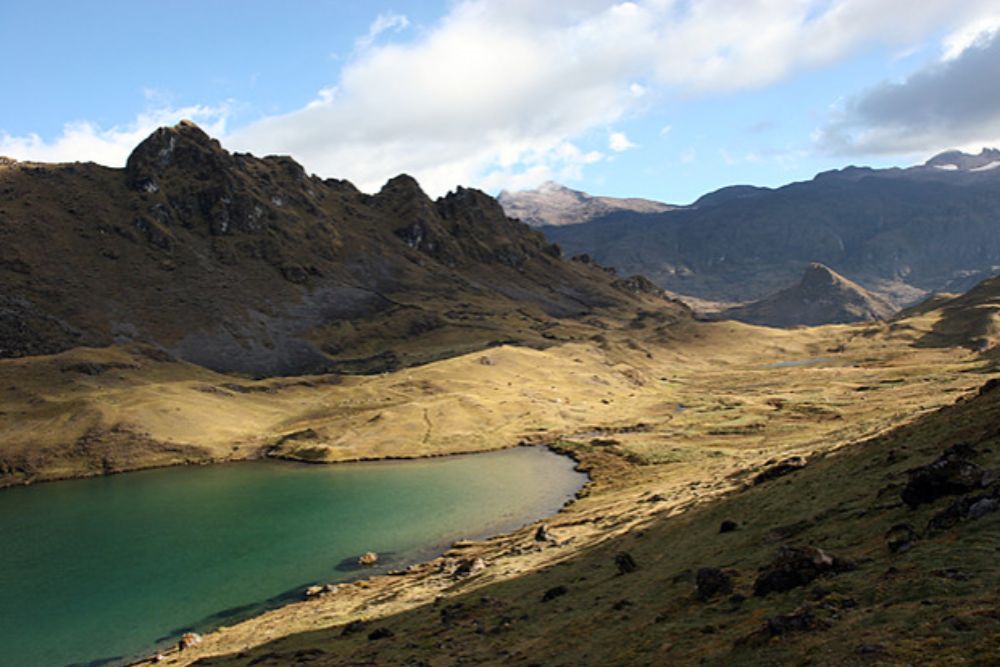
This sacred valley of the Incas combines cultural history with technical canyoning. Ancient terraces and water temples appear along various routes through the gorge.
The high altitude requires special acclimatization but rewards with extraordinary views. Local communities maintain traditional agricultural practices that are visible from canyon viewpoints.
Like Travel Pug’s content? Follow us on MSN.
Los Glaciares National Park, Argentina
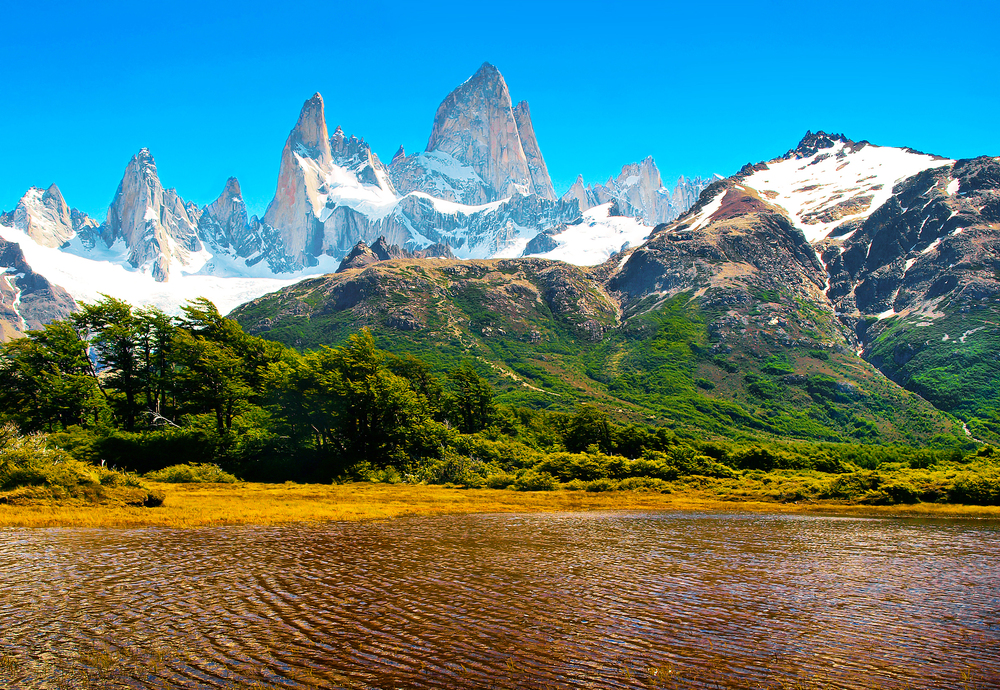
The park’s glacier-fed canyons offer unique challenges in a pristine alpine setting. Massive ice walls and deep crevasses require specialized equipment and expertise.
The constantly changing glacier conditions create new routes each season. The park’s UNESCO World Heritage status ensures the preservation of its pristine wilderness.
Chapada dos Guimarães, Brazil
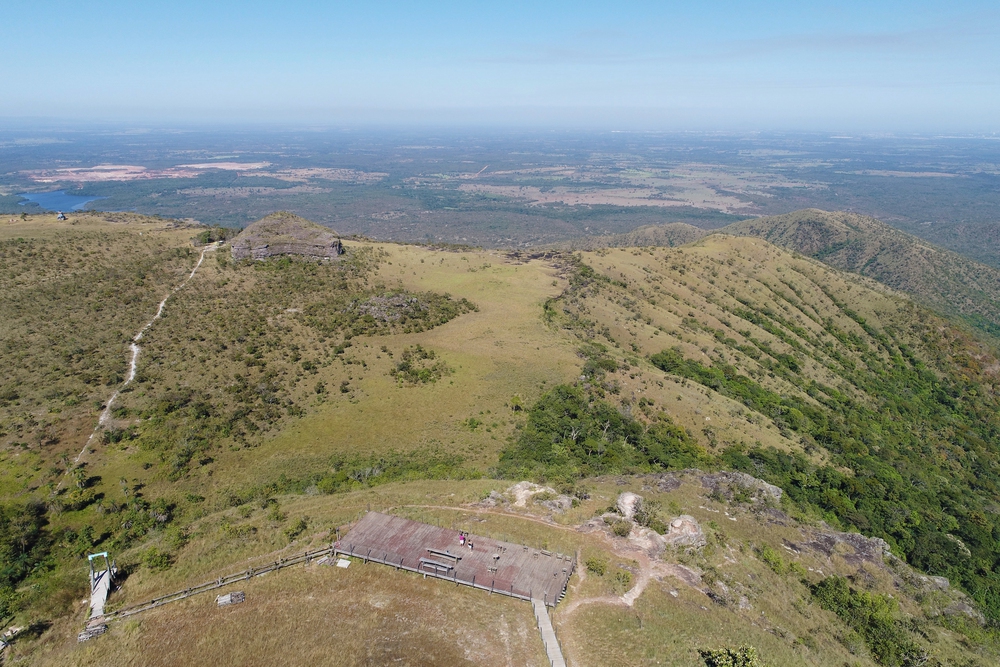
These sandstone canyons feature distinctive red and orange striped walls. Natural stone arches and bridges provide unique anchoring challenges.
The Cerrado ecosystem hosts rare species found nowhere else on Earth. The nearby colonial town offers charming accommodation options between adventures.
Cañón del Pato, Peru
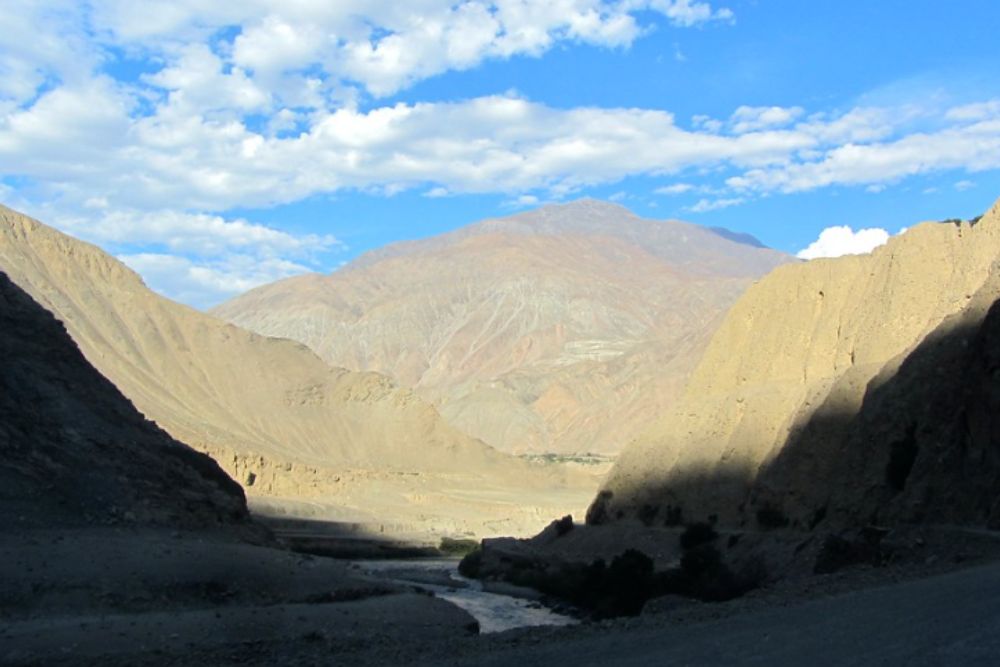
This narrow gorge along the Santa River features 35 tunnels carved through the canyon walls. The combination of natural and artificial features creates unique technical challenges.
The nearby Cordillera Blanca provides a stunning backdrop of snow-capped peaks. The historic railway engineering adds an industrial heritage element to the natural wonder.
Like Travel Pug’s content? Follow us on MSN.
Sierra de la Ventana, Argentina
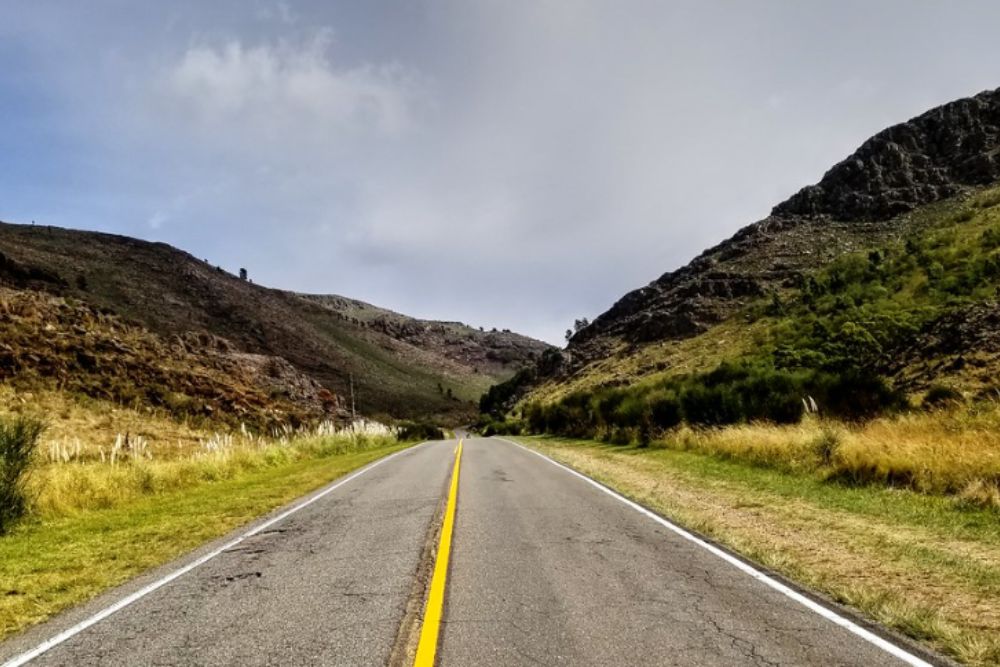
These ancient mountains contain numerous technical canyoning routes through quartzite formations. Wind-carved caves and arches add complexity to vertical descents.
The grassland environment offers excellent visibility and unique wildlife encounters. The region’s gaucho culture provides authentic local color between canyon explorations.
Cañón Las Animas, Colombia
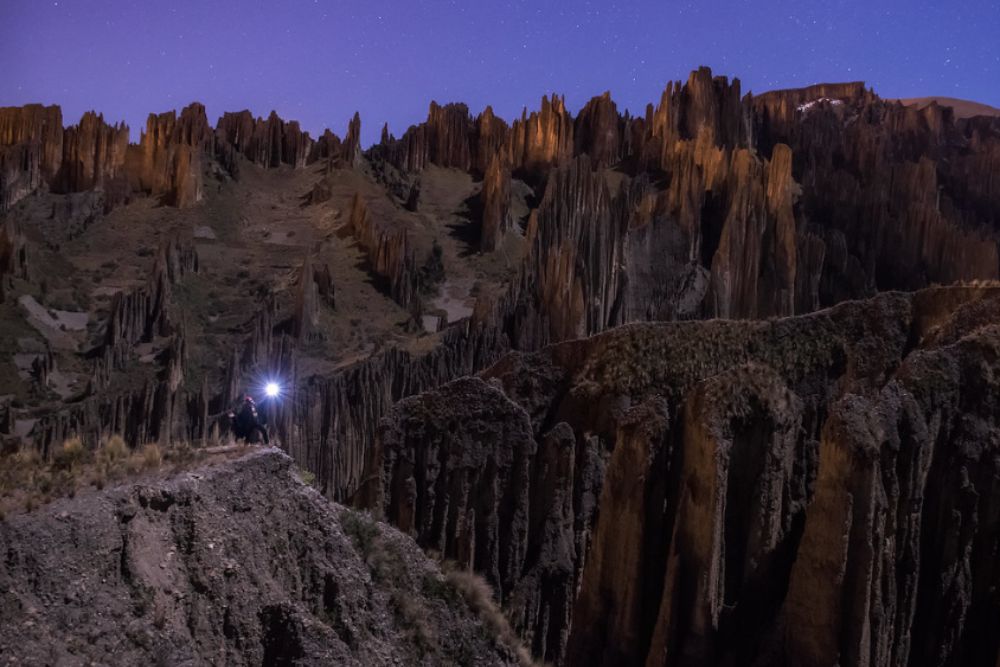
This technical canyoning route in the Central Cordillera features a sustained series of waterfalls through metamorphic rock. The canyon offers eight major rappels, including a spectacular 200-foot free-hanging descent past an active waterfall.
Local guides provide complete safety equipment and comprehensive briefings for all skill levels. The nearby mountain town of Salento serves as an excellent base camp with established canyoning infrastructure.
Parque Nacional El Tamá, Venezuela
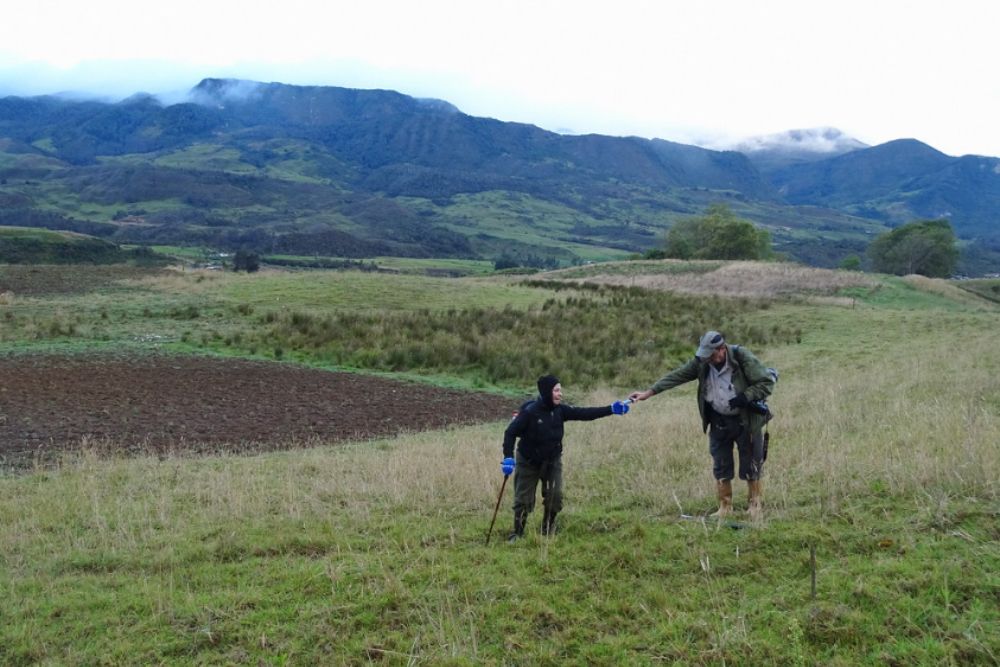
This remote park features unexplored canyons along the Colombian border. Dense jungles and numerous waterfalls create challenging navigation conditions.
The area’s isolation helps preserve its pristine natural state. Experienced guides can arrange multi-day expeditions into rarely visited sections.
Like Travel Pug’s content? Follow us on MSN.
Embrace the Canyon Adventure
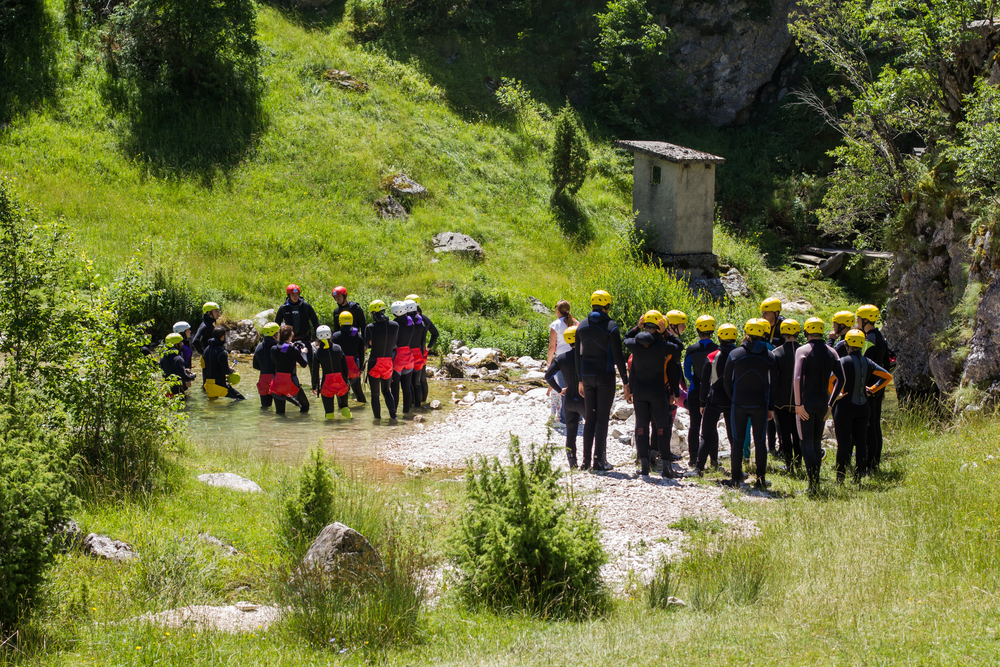
South America’s canyoning destinations offer unparalleled combinations of natural beauty, technical challenge, and cultural significance. These locations provide year-round opportunities for vertical adventure while supporting local communities and conservation efforts.
Always remember to prioritize safety, respect local guidelines, and minimize environmental impact during your canyoning expeditions. The spirit of adventure that draws people to these canyons helps preserve them for future generations.
More from Travel Pug

- 15 Dangerous European Cities to Avoid
- 15 Caribbean Islands Where Tourists Keep Getting Scammed
- The 20 Most Fascinating Abandoned Places: A Journey Through Time and Forgotten Spaces
- 15 Hidden Places in the Smithsonian Museums Locals Love: A Guide to Lesser-Known Treasures
- 16 Hidden Florida Beach Towns That Aren’t Overrun with Tourists
Like Travel Pug’s content? Follow us on MSN.
